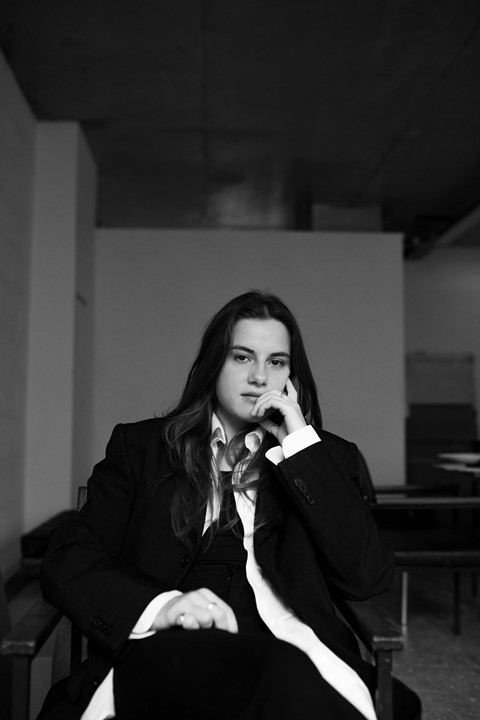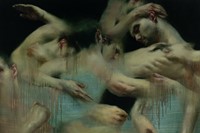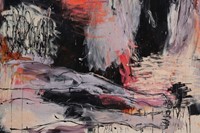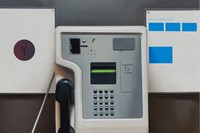As their new group show opens in Hackney, founder Ell Pennick talks about the daring ethos behind Guts Gallery, and challenging the art world’s set systems
Many London galleries claim to rethink the mould, but few go ahead and do it with such conviction as Guts. Led by founder Ell Pennick, the gallery aims to dismantle the elitist model that pervades much of the art world. Guts was founded as a nomadic model, but is currently in permanent residence in a first-floor industrial space in Hackney, showing a revolving selection of dynamic exhibitions mostly by painters in the early stages of their career. “Guts means so many things,” says Pennick. “You can have the guts to do something. Then there’s ‘Grafting Under Tory State’. And a gut feeling as well. I think the name reflects on the artists as well as me.”
The gallery champions rather than represents artists – re-centering the creative makers rather than those selling the work – and takes a lower commission than most. Pennick is open about their roots and the ongoing challenges to break into the London gallery scene. “It is almost impossible for working-class people to start up a gallery,” they say. “I think I slipped through the net.” Pennick credits the Soho gallerist Sadie Coles with providing start-up funding to get them off the ground. “What about the people who don’t have that. Or what if the email slips through the inbox? It’s really tricky and I think it’s really sad that those voices aren’t often heard in the art world.”
Guts has just opened the first half of two-part exhibition New Now, which has been co-curated with Brynley Odu Davies, who travelled around the UK during the pandemic photographing some of the most exciting emerging names in their studios. “It feels like a community. It’s very tight-knit and supportive,” says Pennick. The resulting exhibitions are filled predominantly with painting, and the first is flooded with deep, blood-red tones. Sophie Vallance Cantor’s tongue-out “phat panther” grins against a scarlet background; Mattia Guarnera-Maccarthy’s Smoking Kills depicts a giant pair of hands curled around a freshly lit cigarette; in Aimee Melaugh’s Innocent, a pile of fruits and flowers painted with Old Masters-like precision comes tumbling down in a frenzied collapse.
The second show will bring together some of the gallery’s ascendant championed names. Elsa Rouy’s bodily distortions explore the ultimate unknowability of the human form, as it warps between flesh, rubber and liquid consistencies, stretching and melting as though transforming from one state to another. Olivia Sterling’s lively canvases often show close-up sections of slapstick scenes, which simmer with racial tensions and everyday moments that reveal the omnipresent nature of difference and otherness in contemporary culture.
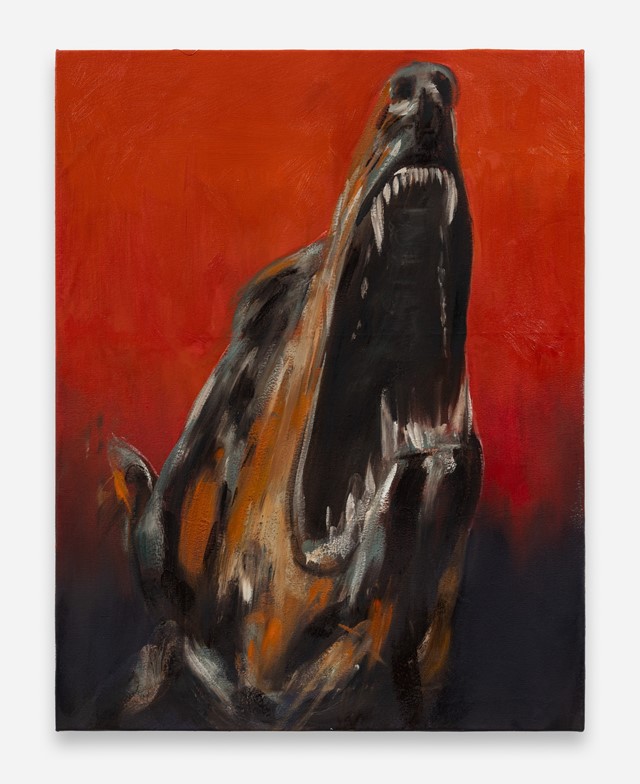
Throughout the gallery’s programme, the body is often central. Many exhibited artists play with the tension of internal and external experiences of the body through visceral means. “This has become very Guts,” says Pennick. “We do discuss and showcase artists who talk about the mind and body. It’s an important theme that runs through the curatorial programme.” Shadi Al-Attalah, a championed artist and recent solo exhibitor, paints parts of the self in dramatic conflict, with evocative bodily movements inspired by the queer ballroom scene and dance traditions from African diasporic communities in the Arabian Peninsula. Earlier this year, the gallery showed Victoria Cantons, whose commanding paintings explore identity and desire, with some portraits depicting moments from her transition.
The gallery looks beyond its artists and team to challenge the art world’s set systems, offering an appealing collecting model for those getting into the market. Guts supports new collectors from diverse backgrounds with installment plans, as well as offering print editions and ensuring new names are brought into the fold as its regular artists’ prices increase. “I’ve got a really diverse range of collectors from all over the globe,” says Pennick.
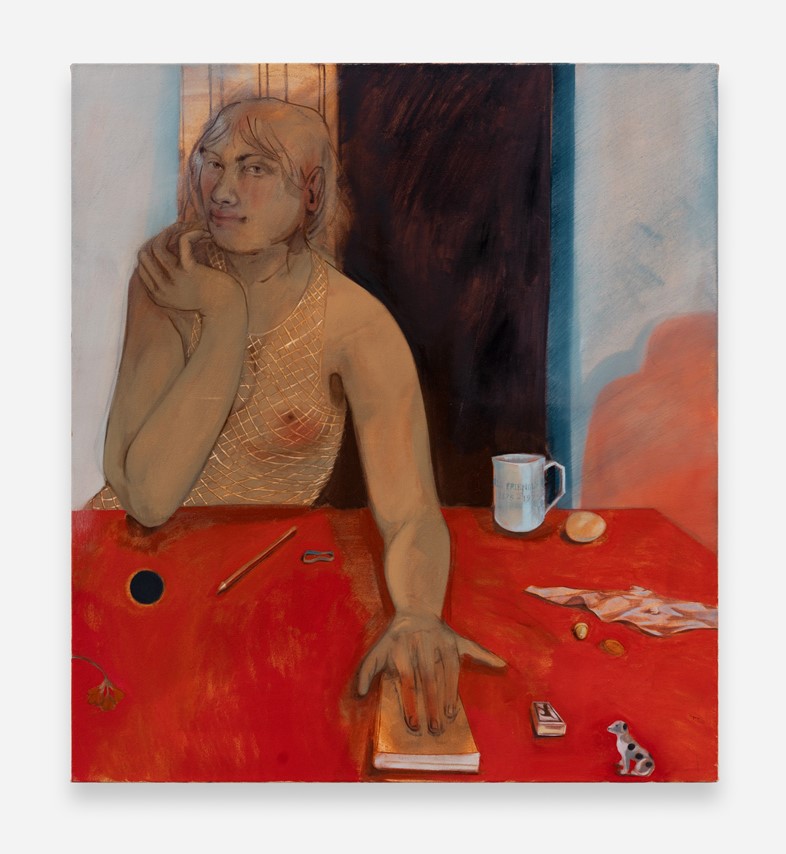
Guts is committed to supporting artists from underrepresented backgrounds. The gallery wears its politics on its sleeve, with many initiatives aiming to drive long-term change. “We’re still fighting,” says Pennick. “With the Black Lives Matter movement, so many people in the art world ticked the boxes, but are they actually doing the work? These things can become trends, which is really infuriating. I’m still not seeing many working-class people become gallerists. I figured out it’s around 0.02 per cent in London – that’s absolutely crazy. It’s very performative. The gap needs to be bridged massively.”
It is imperative for Pennick that Guts’ ethos is aligned with its artists, an issue that has become incredibly pertinent in recent months as many galleries and collectors have distanced themselves from artists who have publicly supported Palestinian liberation. “You need to work with people who are like-minded, that’s become very apparent over the last few months,” they consider. “At the end of the day, it’s the artists who are at the centre of the art world. We need to support them.”
New Now at Guts Gallery is on show in London until 7 February 2024.
